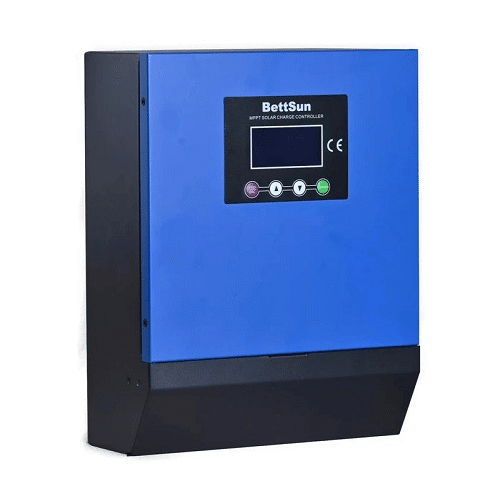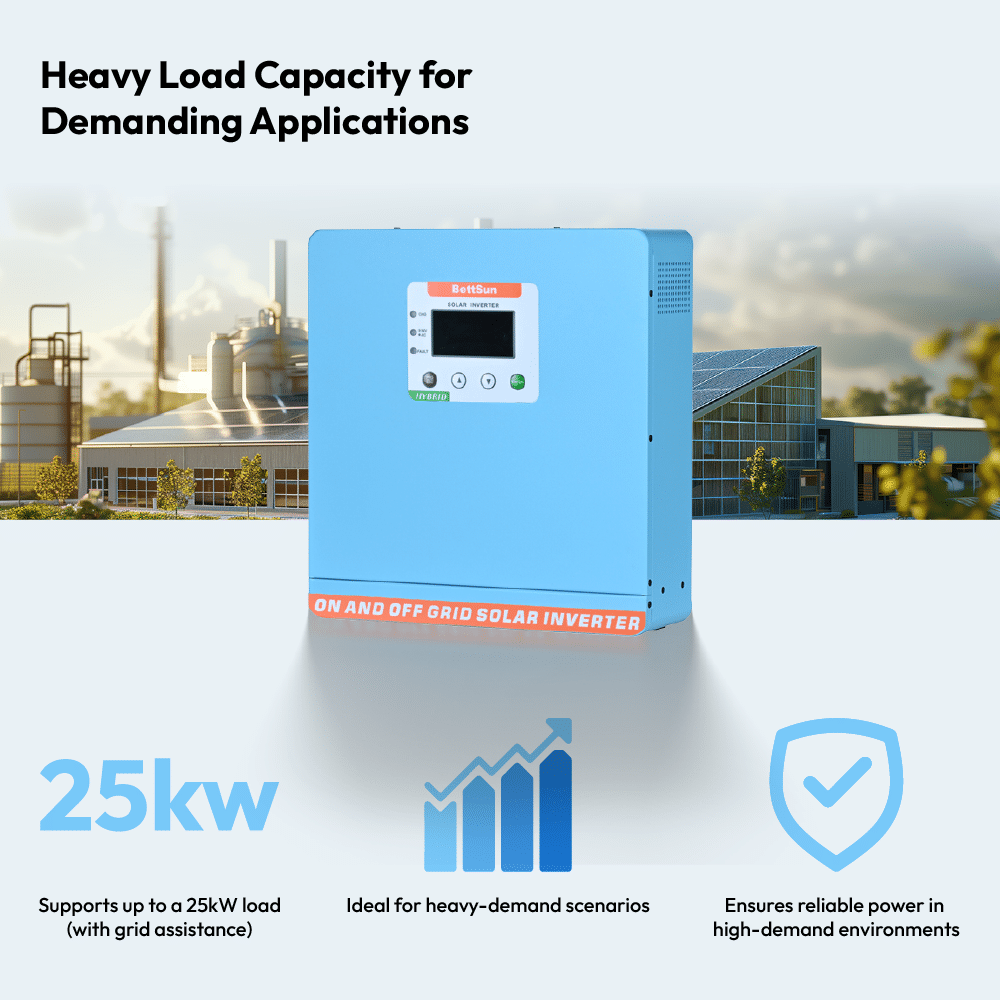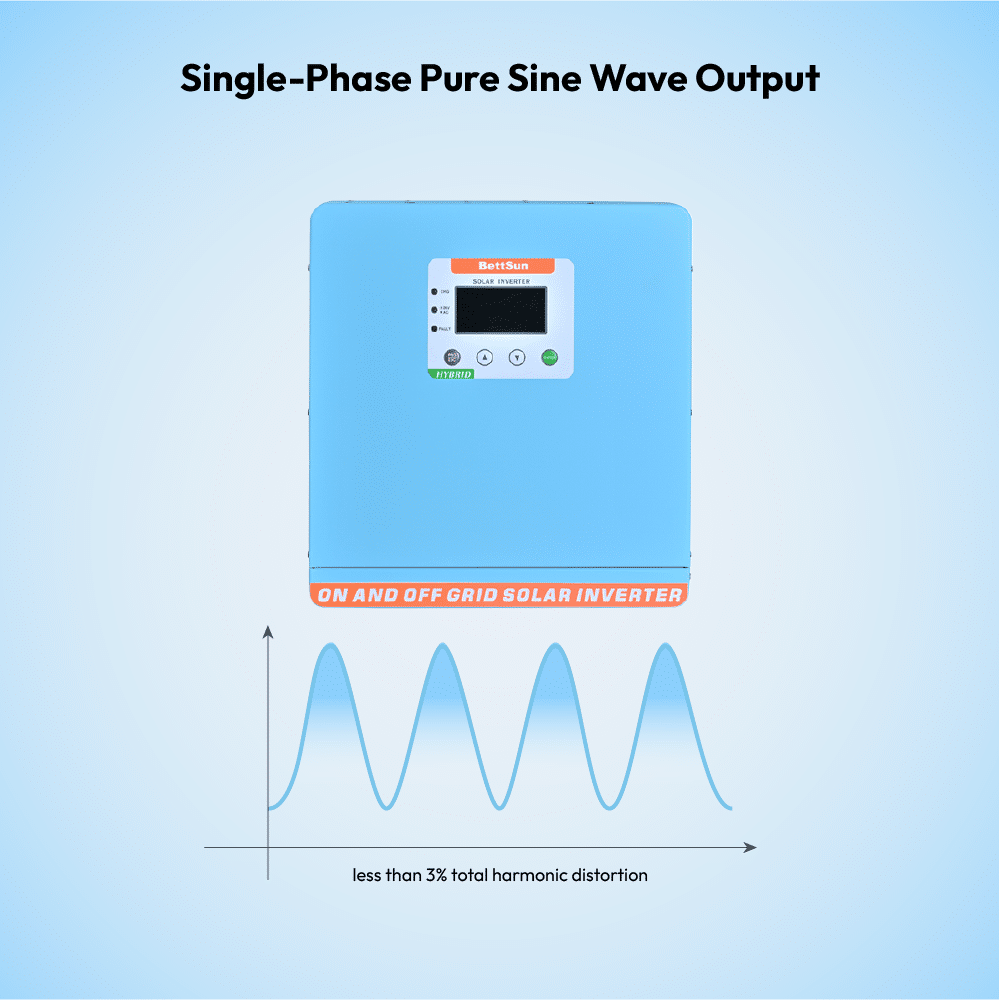| Brand | Panel Type | Features | Included Items | Price (USD) |
| Renogy | Monocrystalline | High-efficiency, waterproof | Cables, manual | $42 – $49 |
| Suner Power | Monocrystalline | Battery charger kit, charge controller | Controller, alligator clips | $46 – $52 |
| ALLPOWERS | Foldable Mono | USB output, portable design | USB cable, connectors | $38 – $45 |
| HQST | Polycrystalline | Corrosion-resistant, sturdy frame | Mounting brackets, wires | $34 – $39 |
If you’re looking for a small, affordable way to start using solar energy, a 20 watt solar panel could be the right choice. It’s perfect for small applications like charging a 12V battery, powering LED lights, or running a CCTV camera. Let’s explore its features, uses, and benefits.
What Is a 20W Solar Panel?
A 20 watt solar panel is a compact panel designed to generate up to 20 watts of power from sunlight. It uses photovoltaic cells, typically monocrystalline or polycrystalline, to convert sunlight into electricity.
These panels are ideal for people who need a small and portable energy solution. Whether you’re camping, traveling in an RV, or powering a remote security system, this panel can help.
Features of a Good 20W Solar Panel
A high-quality panel should have:
- High conversion efficiency (18–22%)
- Weatherproof design (water-resistant and durable)
- Lightweight and portable frame
- Pre-installed cables or USB outputs
- Compatibility with 12V batteries
Brands like Renogy, ALLPOWERS, and Suner Power are well-known for producing reliable small solar panels.
Monocrystalline vs. Polycrystalline
You may notice the panel type listed in the product description. Here’s a quick comparison:
| Type | Efficiency | Durability | Cost |
| Monocrystalline | Higher | Long-lasting | More expensive |
| Polycrystalline | Lower | Good | Affordable |
Monocrystalline panels are more efficient and work better in low-light conditions. However, polycrystalline options are often cheaper.
Popular Uses for a 20W Panel
Here are the top ways people use a 20 watt solar panel:
Charging 12V Batteries
This is one of the most common uses. It helps charge lead-acid, lithium, or gel batteries in vehicles, boats, or homes.
Camping and Outdoor Trips
You can use it to run portable fans, radios, lights, or to charge phones and power banks.
RV and Marine Use
If you enjoy life on the road or water, a compact panel keeps small appliances running without draining the main battery.
Security Cameras
It’s often used to power outdoor CCTV cameras, especially in remote areas where no power source is available.
Solar Garden Lights
Want to light up your garden path or pond area? This is an efficient, eco-friendly option.
Long-Term Benefits
- Saves money on electricity bills
- Reduces carbon footprint
- Requires low maintenance
- Lasts for 20–25 years
- Operates silently
Even though it produces less power, it’s a smart choice for low-energy devices.
How to Set It Up
Most panels are plug-and-play. Here’s how you can get started:
- Place the panel in a sunny area.
- Connect it to your battery using the charge controller.
- Use extension cables if the battery is placed far from the panel.
- Monitor the voltage and current using the controller or meter.
Some models come with USB ports, so you can charge devices directly without a battery.
Charging Time & Output
A 20 watt solar panel produces about 1.1 amps per hour in full sun. To charge a standard 12V 7Ah battery, it may take around 7–9 hours.
Keep in mind:
- Cloudy weather reduces output
- Angle and placement matter
- A clean panel works better than a dusty one
How to Choose the Right Panel
Here are the key things to check before buying:
Panel type: Monocrystalline is more efficient
Voltage output: Ensure it matches your battery
Included accessories: Mounts, cables, controllers
Warranty: At least 1 year is good
Portability: Foldable or rigid frame
Also, check user reviews for real-world performance insights.
Maintenance Tips
- Wipe the surface with a soft cloth monthly
- Don’t step on or bend the panel
- Store it safely when not in use
- Avoid overcharging your battery (use a charge controller)
These simple steps will keep it running for years.
Best 20W Solar Panels in 2025
Here are some top-rated options:
| Brand | Features |
| Renogy | Monocrystalline, waterproof |
| Suner Power | Battery charger kit included |
| ALLPOWERS | Foldable, USB output |
| HQST | Compact, corrosion-resistant |
| Goal Zero | Travel-friendly, plug-and-play |
Each of these panels comes with strong user feedback and support.
Conclusion
A 20W Solar Panel is a smart investment for people looking for portable power. Whether you are camping, working off-grid, or just want to keep your small devices charged, it can be a reliable solution. It’s affordable, easy to install, and doesn’t require much maintenance. With the right setup, you can enjoy free solar power for years. Just be sure to choose a trusted brand, check your voltage needs, and place it where it gets maximum sunlight.
FAQs
What can I power with a 20W Solar Panel?
You can power small devices like LED lights, phone chargers, fans, and 12V batteries. It’s ideal for camping, outdoor lighting, or CCTV cameras.
How long does it take to charge a 12V battery?
In full sunlight, it takes around 7–9 hours to charge a 12V 7Ah battery. Charging time depends on sunlight, panel angle, and battery size.
Is a 20W Solar Panel waterproof?
Most panels are weather-resistant and can handle rain and dust. Check if the panel has an IP65 or IP67 waterproof rating.
Does a 20W panel work on cloudy days?
Yes, but it will generate less power than on sunny days. It may charge slower or need longer exposure to reach full output.






